Visiting professors, curriculum revisions and a materials library. How does Dalibor Hlaváček evaluate his two years as dean?
5/2/2024
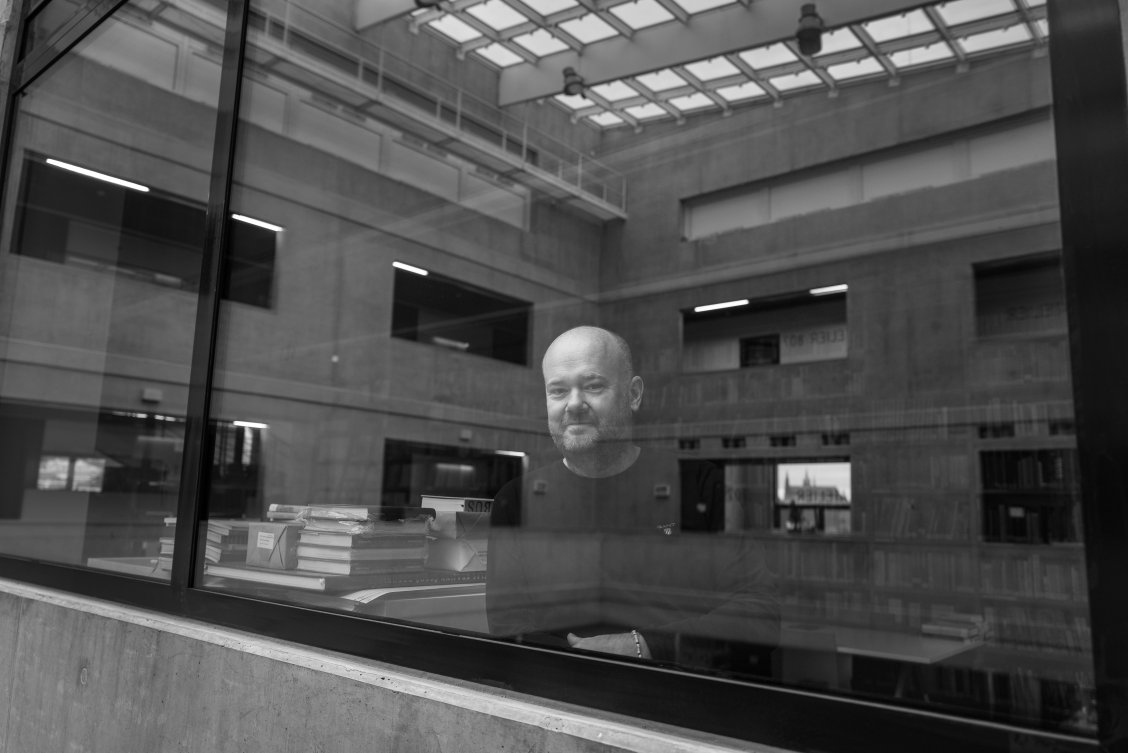
We're two years, that is, halfway through your term. Has the time gone by fast?
I remember Ladislav Lábus saying that he didn't have time to hang anything on the wall in his office during the first term and then after that, it wasn't even worth it. I'll probably have only bare walls in my office.
What has surprised you the most in these two years?
I knew the environment of the school quite well due to my role as a department head and senator. I was amazed at how many people on the faculty love the school and want to get involved when they get the chance. On the contrary, I was unpleasantly surprised at how much the faculty has to fight for recognition at the university-wide level. Despite being a successful faculty with a growing applicant pool and excellent creative results, we do not fit into the engineering worldview. As dean, you must be constantly on your guard and be able to negotiate the best possible position for the faculty, but at the same time you must keep the university as a whole in mind. This worked out, for example, in the distribution of support for new workshop and classroom equipment among the various units of the CTU. By asserting a principle of fair division, we were able to negotiate an almost four-fold increase in funds compared with what we originally had allocated.
Presidents and people in management positions often quickly lose sight of how the “common” people live. Can this happen to a person in the dean's office?
I try to keep the dean's office as welcoming and bustling as possible. The school’s primary mission is teaching, so I want to be as close to the students as possible, whether through teaching in the studio, various discussions or personal meetings. That's what gives me energy. And I try to disrupt established ways of communicating a little and to be close to the employees.
You came into office at a time when students were finally beginning to discuss and address the problems affecting them, such as overload.
My election campaign prioritized the issues of the school environment and curriculum. We have started an in-depth analysis of the Landscape Architecture programme and are currently preparing a revision of its curriculum, also with regard to student overload. This will be followed by a review of the Architecture and Urbanism programme. I have also appointed an ombudswoman to look after the faculty environment, together with the Equal Opportunities Committee. I am therefore pleased that this issue has been raised by students and I would like to thank the 'Don't Click and Sleep' initiative, which has stirred up the debate on campus regarding overload, and has a reach beyond our faculty. I would like to acknowledge our teachers who have accepted the topic and are reflecting it in their teaching. It is important to remember that overload does not only affect students, but staff as well. This is something elso I would like to address.
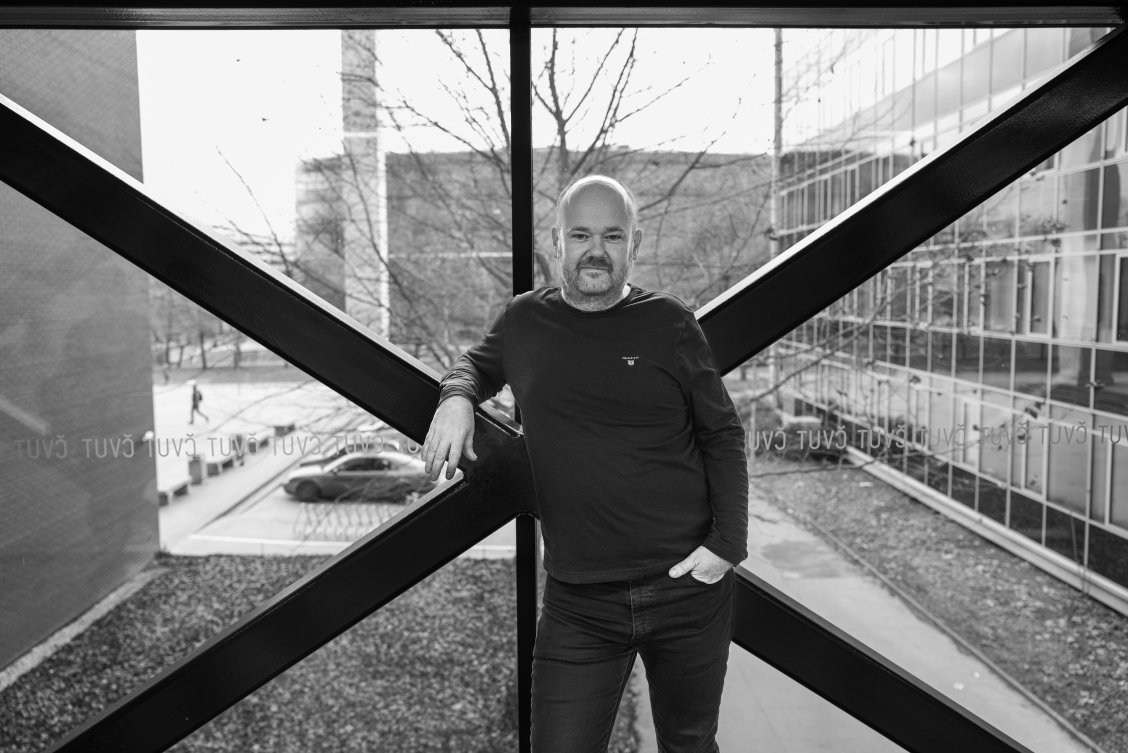
Let's take a look at topics that interest almost everyone on the faculty. Why do you want to change studio enrolment?
The application process for studios has evolved over the course of our school's existence. Initially, students were not able to choose either the assignments or the studio heads. After 1990, students could choose their studio, and where there was an overflow, there was a democratic lottery. When I was studying, there was a list hanging on the landing of the staircase where we signed up. When we ran out of lines, we added them, and occasionally, someone crossed someone else out. Gradually more and more studios switched to portfolio selection because they wanted to teach the best students. Although the FA introduced a system of joint presentation of studios to improve the organisation and to create a more level playing field for students, I don't think it led to any improvement. Teachers are already accepting students for studios before the joint presentation, and the studios are often full before the official date of the first meetings. This widens the divide between popular and less popular studios, and different studios have different conditions for accepting students. If students do not get into a studio in the first round, it is very difficult for them to get into the next studio they prefer. The system is confusing, unclear and ultimately unfair for students who have no certainty of getting into a studio at all, let alone a studio they are interested in.
The strength of our school is that students can explore different approaches to design by changing studios. We want to encourage this. The school has gradually grown, and we now have almost 1700 students – it's almost like a small town, something like the size of Železná Ruda for example. And an organization this big must have a system.
So what is in store for students and studio heads? What will enrolment look like?
The goal is to create a system that is clear and fair and that will benefit both students and teachers. The quality of teaching is essential. Students will apply via the website where teachers upload their assignments. They will choose the studio course they need to take and the five or so studios that offer that course, which they will rank according to their priorities.
The system will respect students' priorities as much as possible. During the discussions, we concluded that the mutual agreement between the teacher and the student will be preserved for bachelor and diploma projects. Even so, the enrolment will go through a single system so that we have overall information about the occupancy of the studios.
We also consider the arguments of some teachers when specific assignments need an appropriate combination of students, such as the pair of urban planner and landscape architect.
What if sixty people apply to a studio and that studio is a top priority for all of them?
The system then selects them by lottery. If students don't get into the studio they listed as their first choice, the system will take their other priorities into account. Even if they are not accepted into the studio of their first choice, they should definitely get into one of the studios they chose as their alternate preference. It is essential that the student does not get into a studio they do not want.
Will the changes be in place for the summer term?
This is a big change and we don't want to rush it, we are still having discussions with students and teachers on this topic, which we will plan for the summer semester. We will launch the first part of the application process for this semester, where students will apply for studios via an online application, but the selection method will remain as before. Based on the experience from this phase and the data collected, we will modify the prototype and prepare a live version for the next academic year.
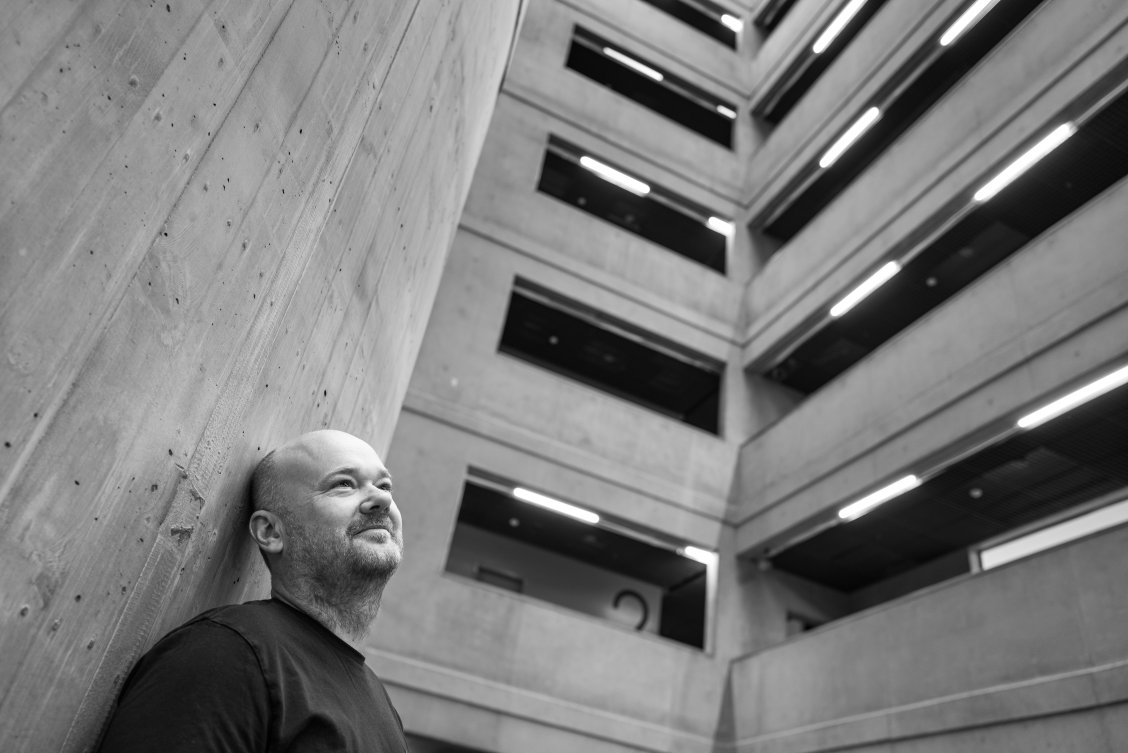
You have introduced a permanent studio for visiting professors. Who will next after Winy Maas?
My goal is to expand the institution of the visiting professor. We are not limiting ourselves to foreign personalities, but also looking for outstanding Czech architects and designers who cannot make a several years long commitment, but are willing to devote their energy to the school for a shorter period of time.
I would like the visiting teachers to support all study programmes – Architecture and Urbanism, Landscape Architecture and Design. At the end of last academic year, we held an open call for a second visiting professor. Professor Richard Weller, who is an outstanding Australian landscape architect based at Pennsylvania State University, applied. Because of the distances involved, we were looking for a slightly different format for collaboration. The landscape architecture studios were to work on the assignment, which Richard Weller was involved in formulating. He was to attend classes in person at the middle and end of the semester, and an exhibition and lecture were planned. Unfortunately, he cancelled his participation at the last minute for health reasons. I hope that the cooperation can be implemented in the near future. We will soon announce another open call for the academic year 2024/2025.
Earlier you mentioned new forms of studio management, such as a collaboration between an architect and an architectural theorist. Is this still relevant for you?
I would like to see a studio run by two different professions, and even in general to connect the different disciplines more. As Vasa Perović says, the present requires architects to rethink the classic role of the solitary creator. A big theme is, of course, linking Landscape Architecture with the Architecture and Urbanism programme, so that students learn to work together already at school. I would also like to encourage theoretical projects like diploma projects, which is rare at the school today.
What are your future plans with studio teaching?
We've fallen a little behind in building the next generation in recent years, and we're trying to fix that now. For example, we only have one studio head who is not yet 40 years old. Our school is a prestigious faculty of architecture, and we want to take advantage of that, to encourage a diversity of approaches and themes and to bring new personalities to the school. We have already launched a number of tenders for heads of studios and we will continue to do so.
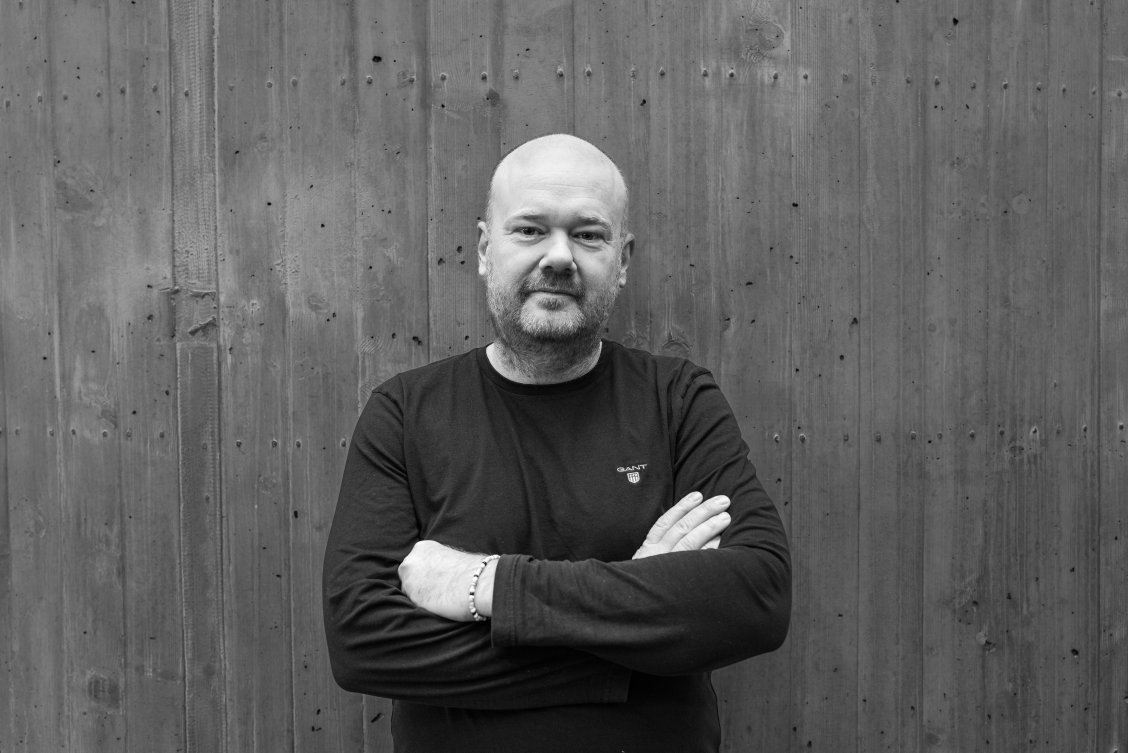
Nevertheless, the study does not consist only of studios. How are we doing with the curriculum changes?
We started with landscape architecture. It is a young programme and it was necessary to reflect on its functioning so far. We formed a study programme board, headed by the guarantor Ivan Plicka. It is a body whose aim is to manage the programme and monitor its quality. All in close coordination with Zuzana Štemberová, the new head of the Department of Landscape Architecture. The guarantor’s right hand is coordinator Hana Špalková, who must know in detail what is being taught where. We also conducted an in-depth student survey, which saw a tremendous response and which we are working with.
The next steps will have two phases. We are trying to iron out some of the issues already within the current accreditation and the changes will be reflected in the next academic year. At the same time, we are preparing the reaccreditation, which should come with the title "Ing. arch." in place of the current Engineer title.
We are also preparing a new Master's degree programme in Planning and Development, which responds to the growing need for an integrated approach to urban planning and development, including with regard to the climate crisis. A draft programme has now been prepared, approved by the management and submitted to the Academic Senate.
This will be followed by a review of the Architecture and Urbanism program, which we plan to begin this semester. In the first phase, a thorough inventory will be carried out, and we have also prepared analyses of the programmes of foreign schools. And we are preparing a colloquium on the subject.
What specific steps do you envision?
The main theme is better coherence of courses, their reduction, emphasis on studio teaching, and reorganization of the semester. At the same time, I believe that as the world becomes more and more complex, we can no longer expect to teach students everything. Rather, we need to open their eyes and teach them to think conceptually, to formulate a problem and seek its solution, and to be able to apply knowledge.
Some topics are barely dealt with by the school, the assignments in the studios are mainly "houses", and basically only new buildings. The curriculum should include more emphasis on sustainability, working with public space and the existing built environment, not just those we consider historic. Renovations are a key response to climate change, and the use of existing buildings was one of the ten 'lessons' of the UIA International Congress in Copenhagen last year. At the same time, some typologies have almost disappeared in our faculty. In practice, you will not come across civil engineering buildings or modern constructions such as timber buildings or buildings using 3D printing. For example, few people here deal with transport constructions, which have a great impact on the territory.
And they arouse great public interest. What is your assessment of the competition for the reconstruction of Prague Main Station?
I perceive that the Railway Administration is trying to pay more attention to the architectural quality of its projects, and it has done a great job in recent years. I think that the competition was well prepared and that our professional community, the media and the general public should learn to discuss the results of competitions in a fair and sophisticated manner. It is also important to remember that the competition is not just about finding the best proposal, but also about finding a partner. This may lead to contracting authorities becoming afraid to run competitions and to seek other, less transparent approaches. And that would be a pity.
You have experience with railways yourself.
I enjoy the topic of transport structures and I think it is important for architects to focus on them. Our studio won the architectural competition for Veleslavín railway station and we are the creators of the design of several stations and stops on the new railway heading to Václav Havel Airport. Public space, which is connected to transport buildings, is also a big topic. For Prague 7, for example, we are preparing a conceptual study of the new space that will be created along the new flyover between Bubny and Výstaviště.
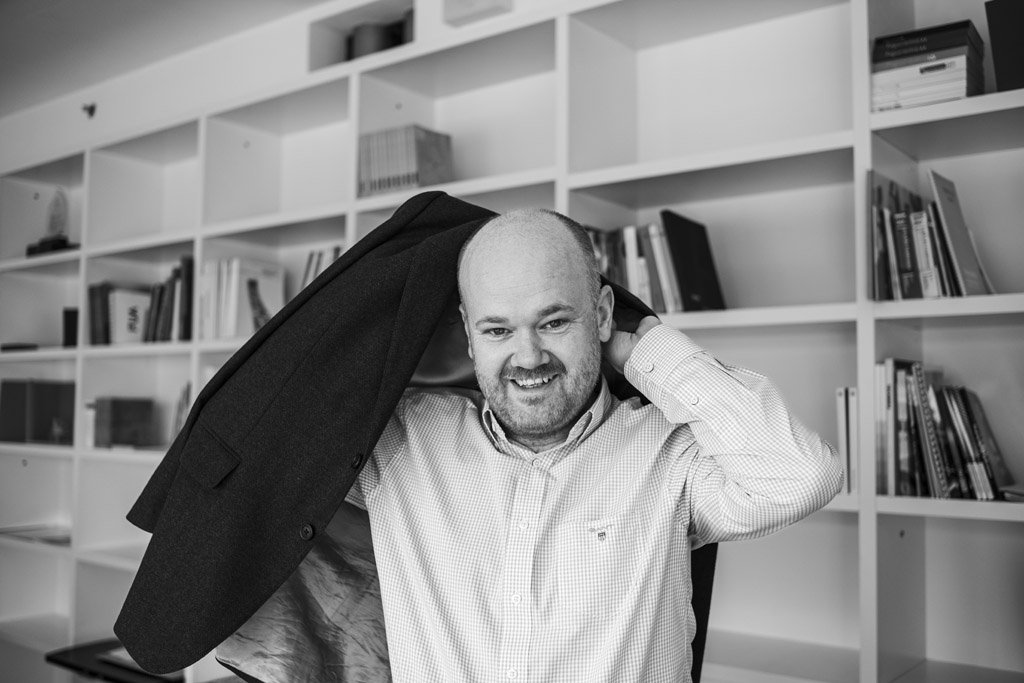
I'd like to go back to the faculty. The school cafeteria has a new operator, why?
The physical environment of the school is as important to me as what is taught and explored there. It should be a welcoming and inspiring place.
The cooperation with the current operator was good, but they were no longer able to meet all of our needs. I would like the range to be more in line with the philosophy of the school. It should be more healthy, inclusive and be able to respond to the needs of different people, if perhaps they have some intolerances. We want to be more environmentally friendly and make Archicafé a place where it is pleasant to pass time, and maybe even work.
We therefore held a tender, to which four candidates applied. The selection committee included representatives of the Faculty of Information Technology, because we share the building. The winning bidder was the operator who successfully runs the café at the Faculty of Civil Engineering. We are currently doing a trial run – we wanted the café to be operational during the studio week and the new operator had only 8 days to get the café up and running. We are preparing a student competition for the new look of Archicafé, so that students can participate in the design of the café including the front area. We also want to involve the designers of the building in the process and I am delighted that they have accepted a place on the jury. The competition will take the form of a competitive workshop and the results will be implemented during the holidays.
You wanted to improve the material equipment of the faculty, how is the situation developing?
We are preparing to improve the workshops, establish a photo lab and modernize the seminar rooms. We are also planning to set up a material library so that students can get acquainted with different materials, get to know their properties and touch them. I am working with the Material Archive, which runs material libraries at various schools of architecture. We are also focusing more on science and research and promoting the results of our work. We want to create an open access library where all the publications produced at the faculty will be available online. We are taking inspiration from TU Delft. This will make our research more accessible to the professional community in the Czech Republic and abroad, and top-notch open access resources also get more widely cited.
When can we look forward to the improvements and new additions?
A grant application is being prepared and we expect to implement it in 2025. We have also managed to obtain smaller funds to support doctoral studies. Very soon, already this year, we will retrofit rooms for doctoral students and design workshops.
It is already difficult to fit new activities into the school. Can new activities be organized elsewhere?
The new faculty building is a huge advantage, but even that has its limits. We are faced with two paths for development. First, there would never be room for some activities. So, together with the Faculty of Civil Engineering, we are involved in the development of an experimental laboratory with large robots and a space for virtual reality. These would not fit in our building and we will therefore be sharing space together in Building D of our sister faculty. The second way is to optimize the space within the faculty, with the goal of maximizing the areas for teaching and research. I also support the use of the atriums for work, not just for exhibition purposes.
Do you manage to combine your school duties with your own work?
It is challenging, but I am still convinced that the dean of the Faculty of Architecture should also be a practicing architect. And I've always enjoyed the duality of academia and architectural practice. I'm lucky enough to have great colleagues, so the office works even when I'm not there that often. Sometimes I feel like they prefer it when I don't interfere too much.
The interview was conducted by Pavel Fuchs, photographs are by Štěpán Hon.
